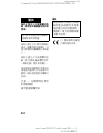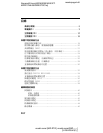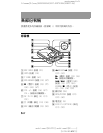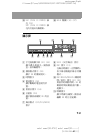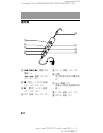
65-GB
Explanations
How the MiniDisc got so small
The 2.5-inch MiniDisc, encased in a plastic cartridge that looks like a 3.5-
inch diskette (see illustration above), uses a new digital audio
compression technology called ATRAC (Adaptive TRansform Acoustic
Coding). To store more sound in less space, ATRAC extracts and encodes
only those frequency components actually audible to the human ear.
The meaning of “no sound”
“No sound” describes a recorder condition in which the input level is
about 4.8 mV during analog input or less than –89 dB during
optical (digital) input (with 0 dB as full bit (the maximum recordable
level for a MiniDisc)).
Quick Random Access
Like CDs, MDs offer instantaneous random access to the beginning of
any music track. Premastered MDs are recorded with location addresses
corresponding to each music selection.
Recordable MDs are manufactured with a “User TOC Area” to contain
the order of the music. The TOC (Table of Contents) system is similar to
the “directory management system” of floppy disks. In other words,
starting and ending addresses for all music tracks recorded on the disc are
stored in this area. This lets you randomly access the beginning of any
track as soon as you enter the track number (AMS), as well as label the
location with a track name as you would a file on a diskette.
BA
B — Music Data
A — User TOC Area
Contains the order and start/end points of the music.












